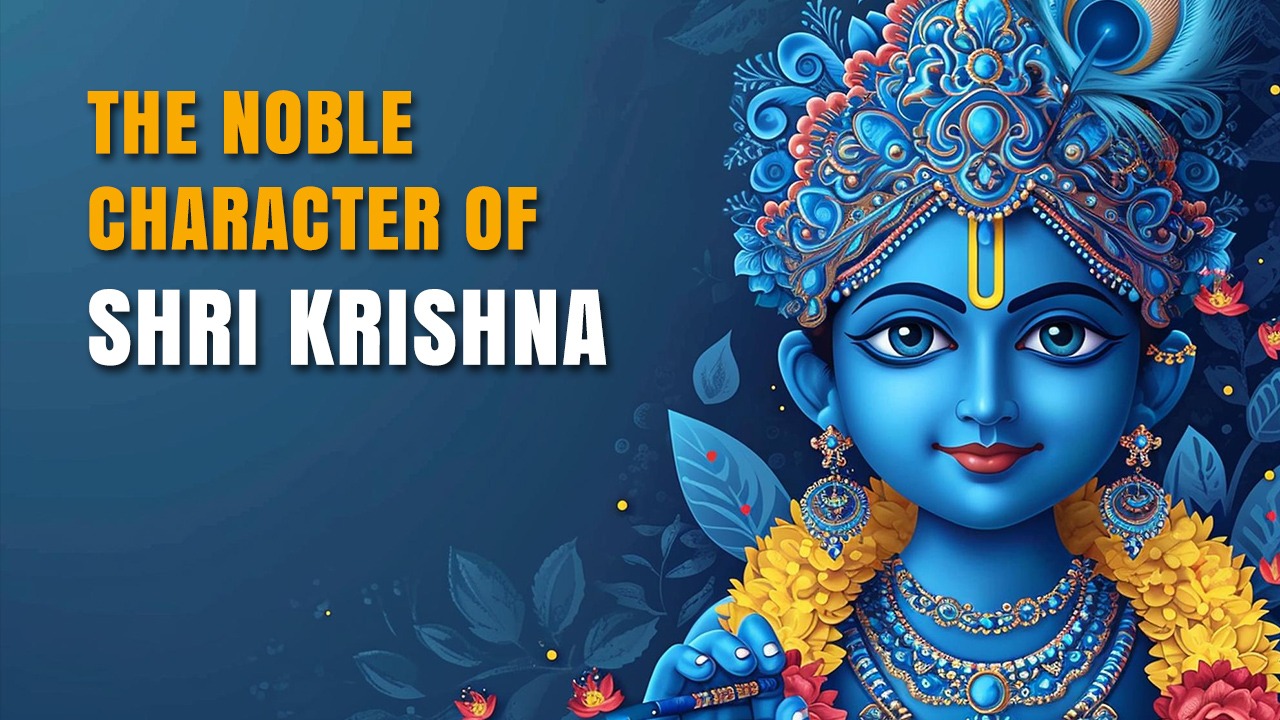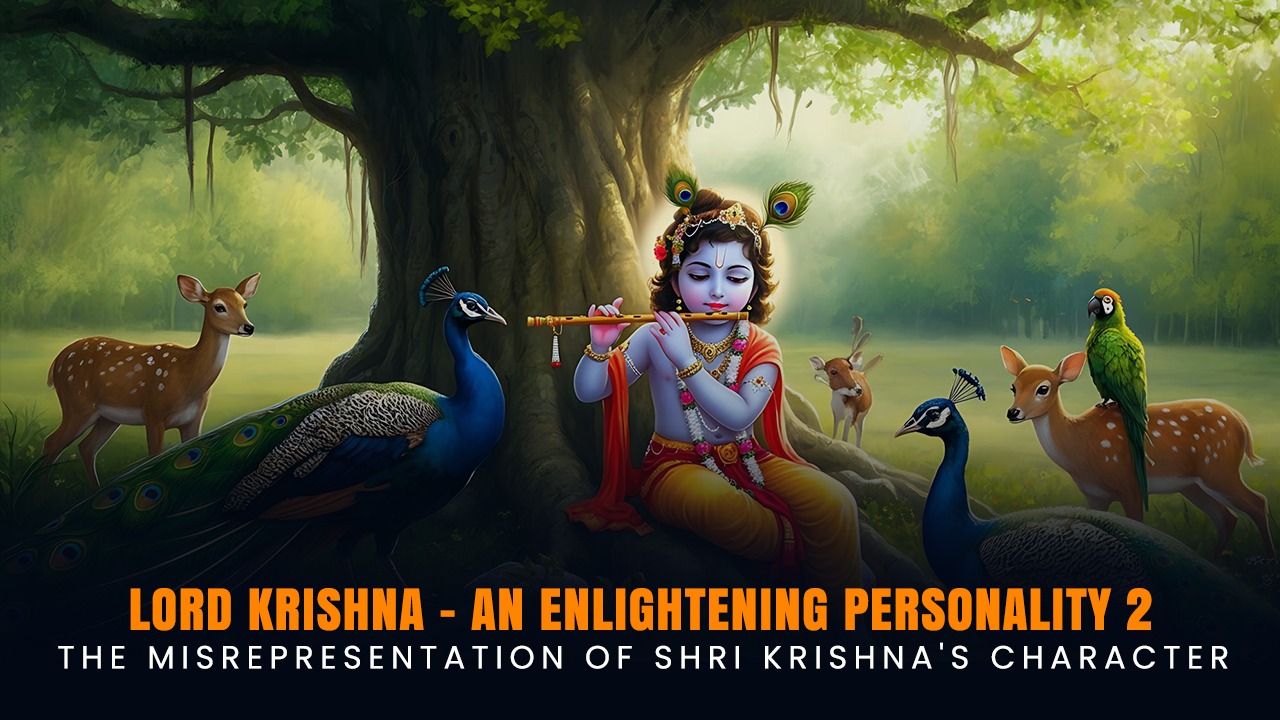
8 months ago
24 minutes Read
The Significance of Yugadi - The Cosmic Dawn of Time
The word "Yugadi" has evolved over time into "Ugadi," commonly used today. Yugadi means "the beginning of Yugas"—the day when the calculation of Yugas (epochs) commenced. A Yuga refers to a collection of years forming a significant time period. According to Indian astronomy, there are four Yugas:
1. Krita Yuga (Satya Yuga): 1,728,000 years
2. Treta Yuga: 1,296,000 years
3. Dvapara Yuga: 864,000 years
4. Kali Yuga: 432,000 years
Together, these four Yugas form a Chaturyuga, which spans 4,320,000 years. A thousand such Chaturyugas make up one cycle of creation, amounting to 4.32 billion years. After this, a period of dissolution (Pralaya) of equal duration follows, continuing the eternal cycle of creation and destruction, akin to day and night.
The Ancient Indian Methods of Timekeeping
Indian sages devised two primary methods for calculating time:
1. Solar Calendar (Suryamana) – Based on the movement of the Sun
2. Lunar Calendar (Chandramana) – Based on the movement of the Moon
Both systems rely on a celestial reference known as the ecliptic circle (Kanti Vritta), an imaginary circle surrounding the Earth, marked by constellations. This circle is divided into 360 degrees, just like a mathematical circle. However, for practical purposes, ancient scholars divided it into 27 sections, each named after a prominent star or group of stars, forming the Nakshatras (constellations).
Solar Calendar (Suryamana)
This system tracks the Sun’s position in the celestial sphere, dividing the sky into 12 equal parts, each representing a Zodiac sign (Rashi). These signs correspond to the 12 months of the year. However, since constellations are not visible during the daytime, this method was complex for common people, leading to the adoption of the lunar calendar.
Lunar Calendar (Chandramana)
This system is more observable, as the Moon’s position against visible stars helps determine time. The full moon day (Purnima) determines the name of the lunar month. For example, if the full moon occurs in Chitra Nakshatra, the month is Chaitra, and if in Vishakha Nakshatra, it is Vaishakha. However, since a lunar month is about 29.5 days, it results in an annual shortfall of 11 days compared to the solar year. To balance this, an extra month (Adhika Masa) is added every two years.
Ancient References to Yugadi
Many ancient texts mention the beginning of time calculation on Chaitra Shukla Pratipada (Yugadi day).
The Hemadri Grantha states:
"Chaitre Masi Jagad Brahma, Sasarja Prathame Hani Shukla Paksha Samagrantu, Tada Suryodaye Sati"
Meaning: On the first day of Chaitra Shukla Paksha, at sunrise, Brahma (the Supreme Creator) began the creation of the universe.
Similarly, the Surya Siddhanta, a revered astronomical text, states:
"Lanka Nagaryamudayachcha Bhanostasyai Va Varam Prathamam Babhuva
Madhoh Sitaderdina Masa Varsha Yugadikanam Yugapat Pravrittih"
Meaning: Time calculations for days, months, years, and Yugas began from the sunrise in Lanka on a Sunday, marking the start of Chaitra Shukla Paksha.
This Lanka is not present-day Sri Lanka but an ancient reference to a location near the equator, once considered the prime meridian for astronomical calculations.
Yugadi: More Than Just a Calendar Event
Both solar and lunar calendars mark the beginning of time on Yugadi, though slight variations have emerged due to planetary motion over millions of years. The solar New Year (Mesha Sankranti) falls around April 13–14, which Tamil and other South Indian communities observe.
Vasant Ritu (Spring) symbolizes renewal and is the perfect season for a New Year. Nature comes alive with new leaves, blooming flowers, and melodious birdsong. This seasonal transformation aligns with the start of the Hindu calendar, unlike January 1st, which has no such natural significance.
Historical Significance of Yugadi
On this day:
1. The first human beings were created.
2. The Vedas were revealed to sages Agni, Vayu, Aditya, and Angiras.
3. Maharishi Dayananda Saraswati founded Arya Samaj.
The Arya Samaj, established to revive the pure Vedic tradition, continues its mission to restore
rational, scientific, and monotheistic principles of Hinduism.
Current Yugadi (2025) and Historical Timeline
· As of 2025, the universe has completed 1G7.3G crore (1.G73G billion) years since creation.
· According to the Vikrama Samvat calendar, we enter the year 2082.
Conclusion
Yugadi is not just a festival; it is the beginning of time itself. It is a day that marks the creation of the universe, the revelation of knowledge, and the renewal of life. While calendars and civilizations may change, the deep cosmic significance of Yugadi remains eternal.
Wishing you all a happy and prosperous Yugadi!








